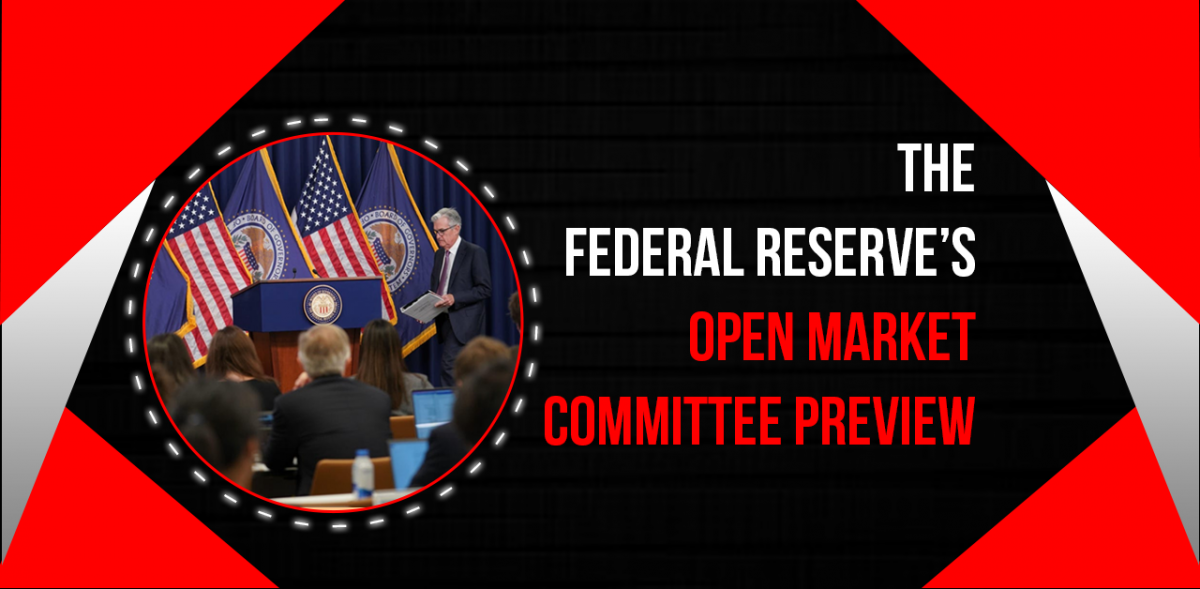The Federal Reserve’s Open Market Committee Preview
The Federal Reserve’s Open Market Committee will complete its two-day meeting tomorrow. The committee will release its monetary policy statement and Summary of Economic Projections at 2:00pm ET, with Fed Chairman Jerome Powell’s press conference starting 30mins later at 2:30pm ET.
Most traders expect the central bank to downshift to a 50bps interest rate hike this month after four consecutive 75bps rate hikes and 375bps of increases since March, the most aggressive interest rate hike cycle in four decades.
According to the CME’s Fed Watch tool, Fed Funds futures traders are pricing in about 80% odds of a 50bps rate hike, with an outside chance of yet another 75bps hike. Additionally, the Fed is expected to continue to allow up to $60 billion in Treasury securities and $35 billion in agency mortgage-backed securities to mature and roll off its balance sheet per month.
Fed Chairman Jerome Powell seemingly took the element of surprise out of the year’s last monetary policy meeting in his most recent public appearance, nothing that, it makes sinse to moderate the pace of our rate increases as we approach the level of restraint that will be sufficient to bring inflation down, at a Brookings Institution event on November 30th. Those remarks came a week after the minutes from the Fed’s November meeting showed that a substantial majority of Fed officials thought a slowdown in the pace of rate increases would soon be appropriate.
On the front, committee’s Summary of Economic Projections, including the infamous dot plot of interest rate expectations, will be critical. If the median FOMC member forecasts interest rates rising to 5.25% or higher next year, the market will interpret that as a hawkish development, even if the decision itself merely meets expectations for a 50bps increase. On the other hand, if the median Fed member still projects interest rates to peak below 5.00%, traders will view that as a sign that the tightening cycle is nearly complete, and the US dollar could sell off in a dovish reaction as a result.

.webp)



